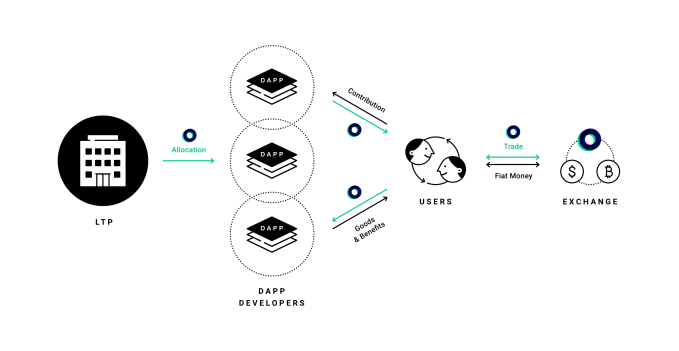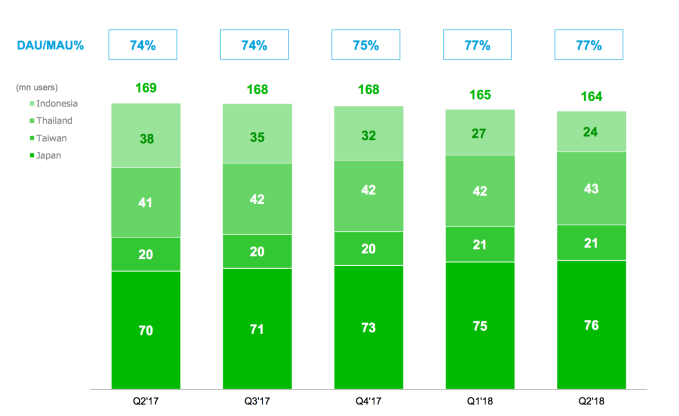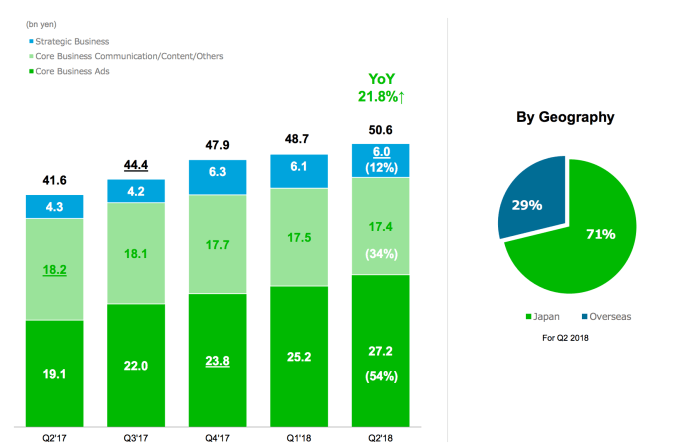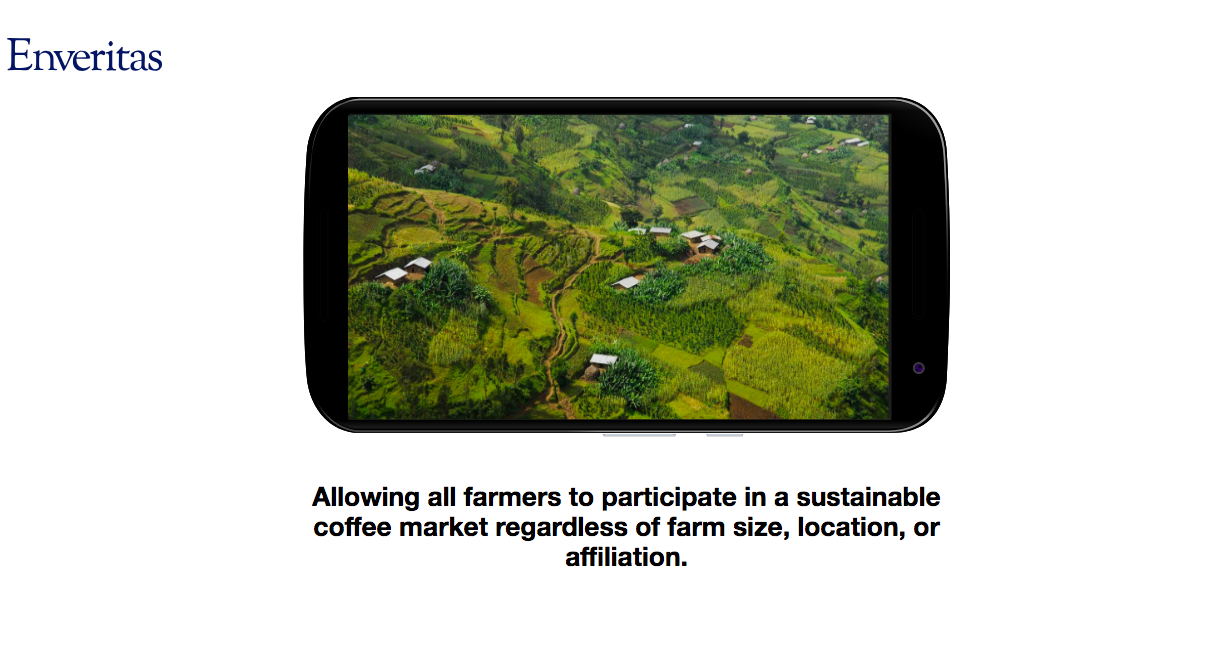On the heels of Google rebranding Tez to Google Pay in India, and Walmart acquiring a majority stake in e-commerce marketplace Flipkart, Amazon is also making a run in India to hone in on the country’s growing economy.
According to multiple reports, Amazon has paid around $40 million to acquire Tapzo, a startup that aggregates a number of app-based services — such as Uber, Ola, food delivery services Swiggy and Zomato, Book My Show, bill payment service BillDesk and more — into a single app. Amazon is reportedly paying between $30 million and $40 million, and its intention is to leverage Tapzo’s one-stop services app to help grow Amazon Pay usage in the country.
Amazon Pay has reportedly been seeing a wider global push to spur adoption of the service. But in India, the drive to get people to use Apple Pay may be particularly strong. Rival wallet services like Paytm, PhonePe, Google Pay, Mobikwik and others have swooped in a market where payment card usage is not that widespread, and consumers are conducting a growing number of transactions on their mobile devices. If you can get traction for your mobile wallet, that puts you into a strong position for dominating in all kinds of commerce and transactions in Asia’s second-largest economy.
We’d heard talks between Tapzo and Amazon have been in the works for a while, but now that a deal has been done, the two seem to be downplaying the details.
Messages sent to Tapzo founder and CEO, Ankur Singla, did not get responses. Another Tapzo executive we reached on the phone said he could not comment but also didn’t deny the report. And in a statement provided to TechCrunch, Amazon also did not explicitly confirm the deal, nor did Amazon deny it.
“Our commitment to the vision of a less-cash India remains the same,” a spokesperson said. “Our goal is to make it easier than ever before for customers to make digital payments by improving the customer experience, affordability and daily routines.”
An email to one of Tapzo’s investors, Sequoia, also did not get a response. Tapzo had in all raised about $23 million, with other investors including Ru-Net, American Express and RB Investments.
The deal pairs together a startup that has had held a lot of promise but has also has been through several rebrands and pivots in search of a viable business model; with an e-commerce leviathan that has already invested billions of dollars money into India but is looking for a way of expanding its reach in beyond its own marketplace.
Tapzo has attempted to address a particular niche in the Indian market: Smartphone usage has taken off in India, with many using mobile handsets as their primary “computer” for getting online. That creates an opportunity for companies looking to connect with customers, but also a challenge: there is a lot of app churn, and an added pressure on publishers to provide lasting value to consumers whose devices might be space-constrained and wallets cash-constrained to use and pay for anything but the most top-priority data services.
“One of the worst-kept secrets of the mobile app industry is that almost all apps (except for the top 5-8 apps) see 60-80 percent uninstall rate within 90 days of users installing the app,” Singla wrote in a blog post when explaining the challenge in the market. “India probably has the highest uninstall rate in the world, so when an app says it has 20 million installs, you can do your math.”
Enter Tapzo: the idea is that by loading the Tapzo app with multiple services, it makes the whole app much more valuable to users, and having all the services existing within one app also means that a users of Tapzo do not need to dedicate as much space to multiple apps that could be more likely to get uninstalled on their own.
That formula appears to have hit the right note in the market: Tapzo claims to have over 5 million users across some 100 cities in India turning to Tapzo to connect with more than 40 different services. It says that to date it’s enabled over 25 million transactions.
But Tapzo’s success has not come quickly nor smoothly. The company has been through a number of pivots and rebrands since 2010, starting first as Akosha, a platform for businesses to communicate with customers; then becoming Helpchat, a personal assistant and chatbot; and lastly its most recent pivot to Tapzo. (And the company owning all three of these has yet a different name, Coraza Technologies.) VC Circle earlier this year reported that Coraza’s last round in January this year was a down round, from a peak valuation of about $85 million in 2016.
Tapzo in its latest incarnation potentially plays directly into Amazon’s strategy to build out its presence in India by way of Amazon Pay, Amazon’s payment processing service that competes against the likes of Google Pay, PayPal and the rest.
Tapzo and Amazon Pay had already been working together on promotional efforts: to encourage more people to integrate and use Amazon Pay for transactions on Tapzo, the two have run multiple promotions where users could get money back and discounts on a wide range of services you can access through Tapzo.
A closer relationship by way of acquisition could not only see Amazon Pay becoming a (the only?) default payment option, but it could give Amazon the chance to use the app to promote its own network of services and merchants, whether it’s for restaurant delivery or for a deal on a new mixing bowl to cook it yourself — a twist on the company’s classic marketplace model.
Amazon could also use it as a loyalty and points service: book your next Ola car through Tapzo, pay for it with Amazon Pay, and get money towards your next purchase on Amazon.in. That could be one way of fulfilling Amazon’s goal “to make digital payments by improving the customer experience, affordability and daily routines,” with Amazon getting a cut on those payments.
We’ll update this post as we learn more.







 i feel this music is very appropriate for
i feel this music is very appropriate for